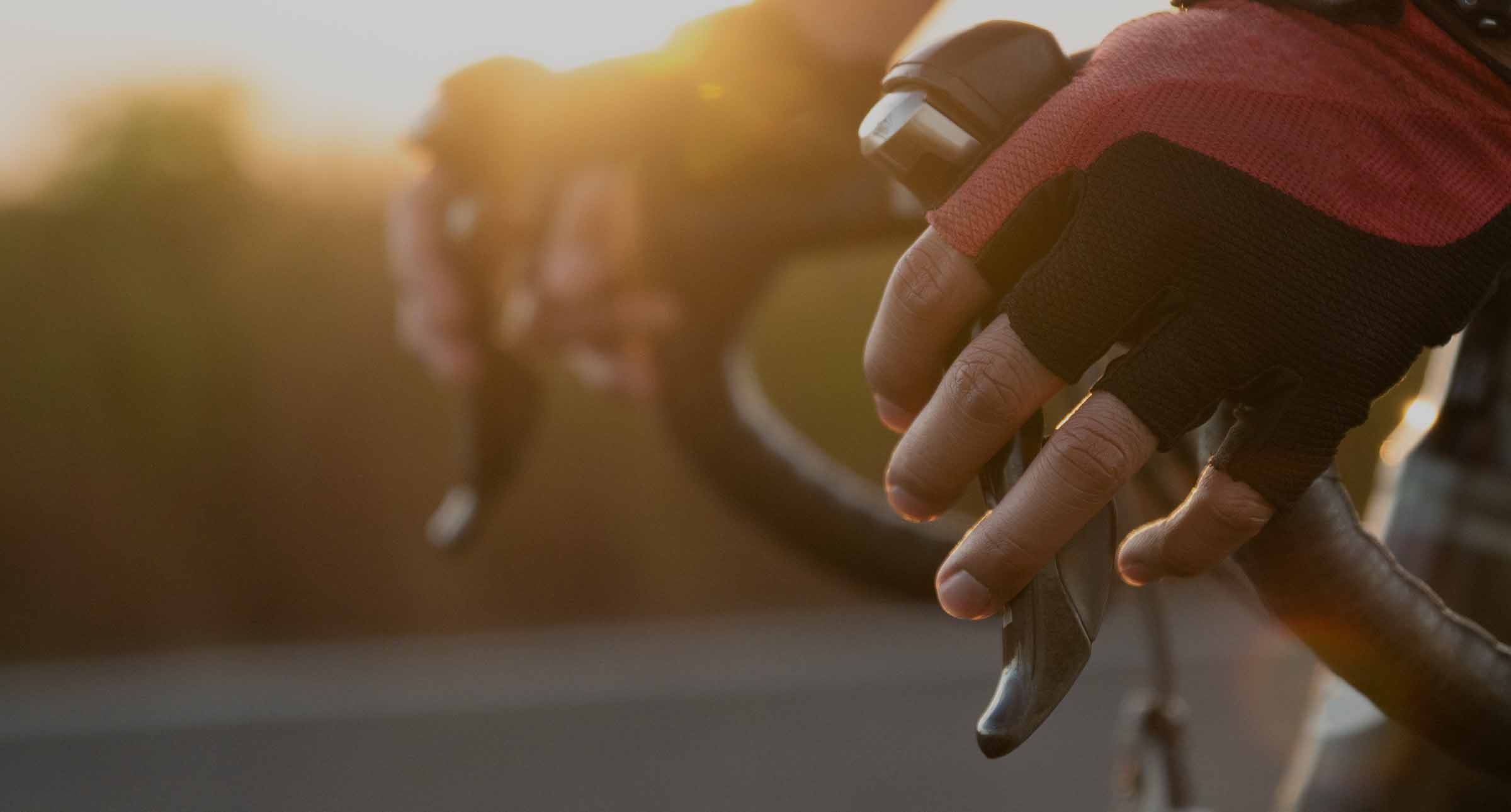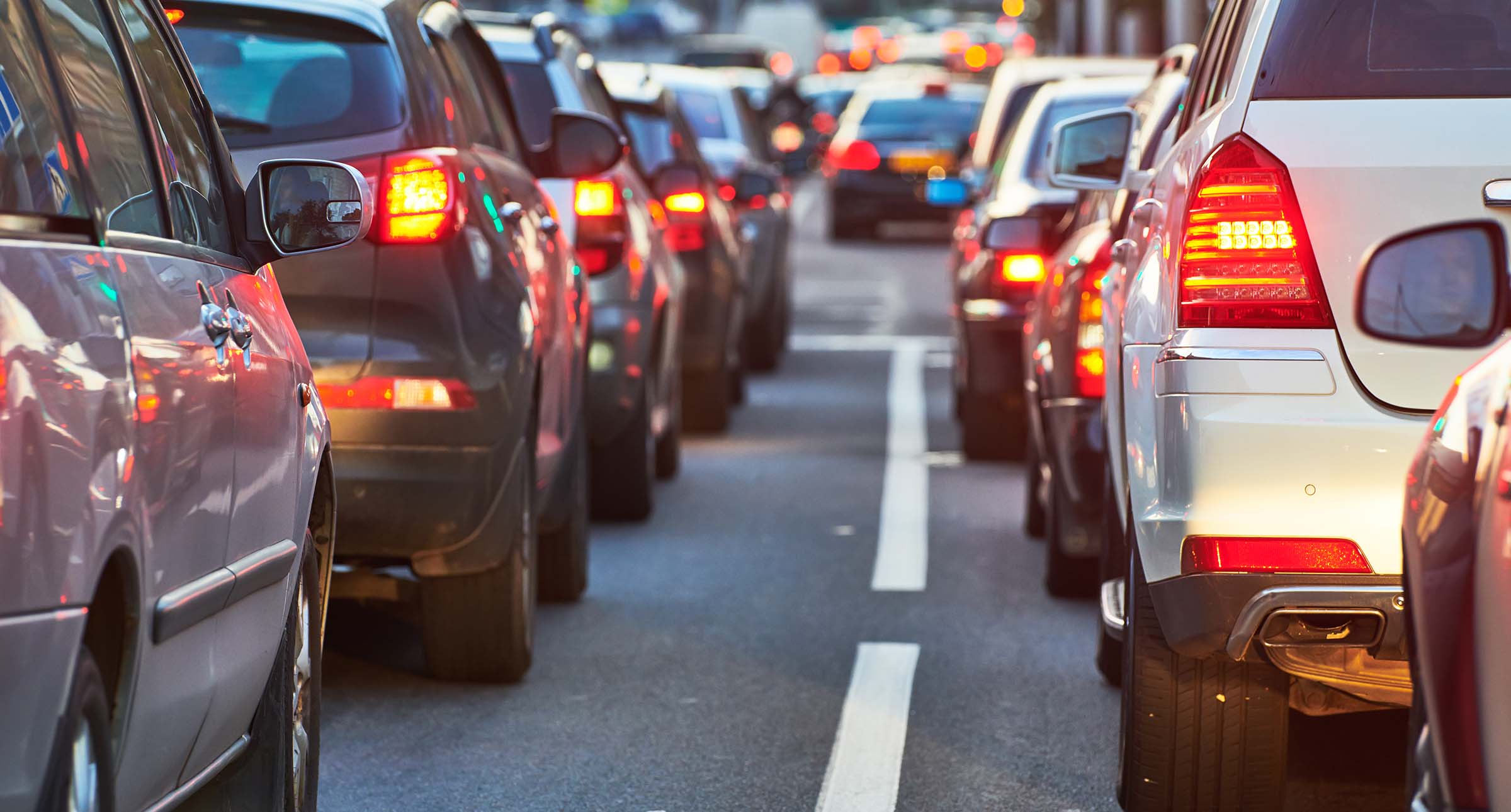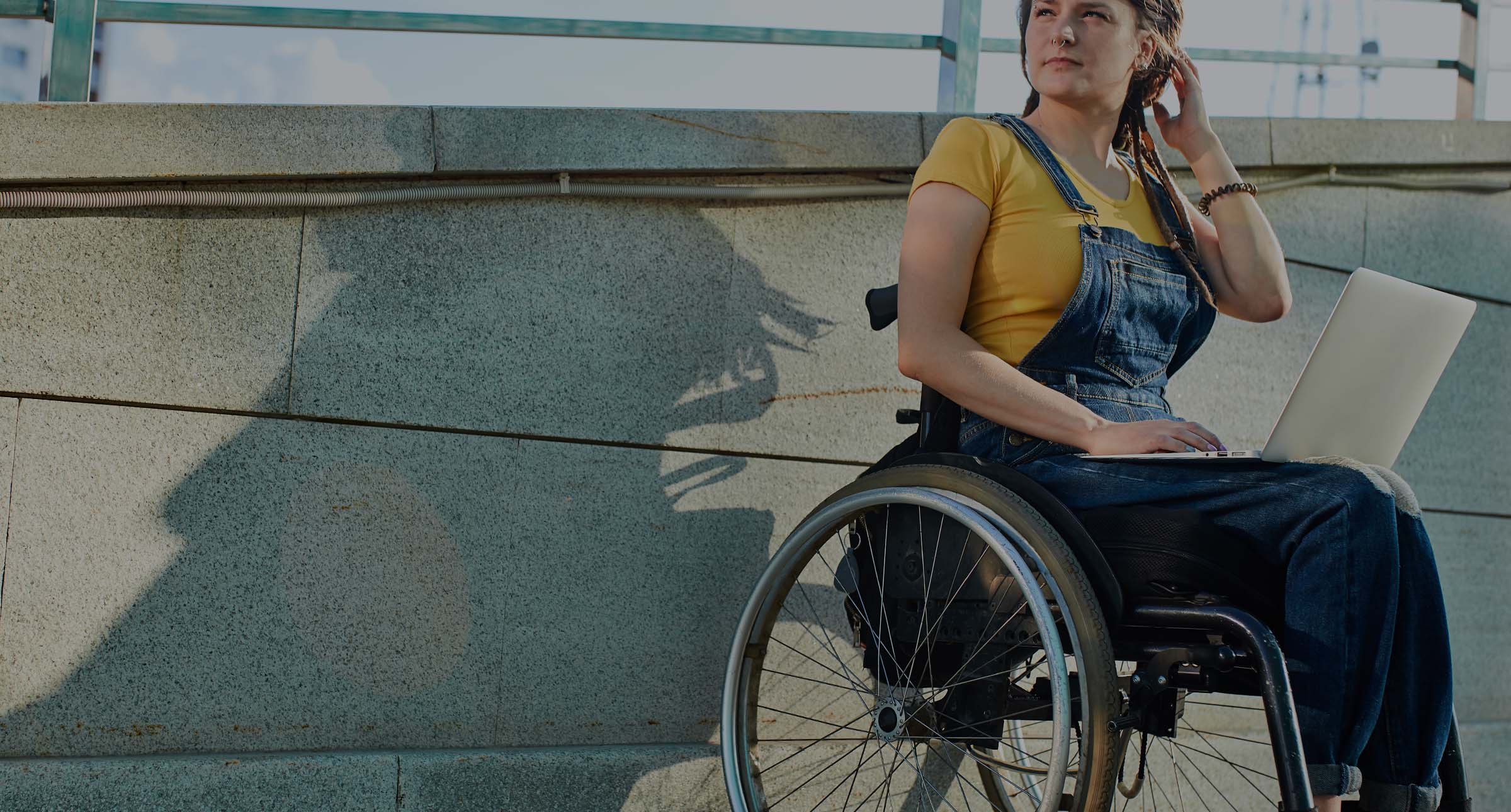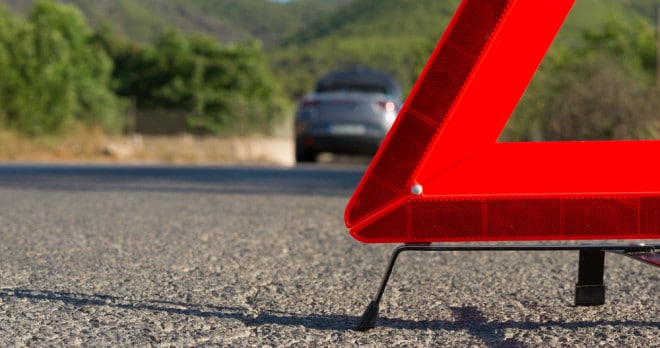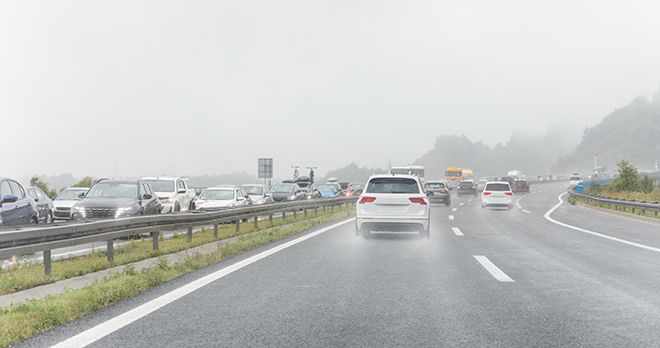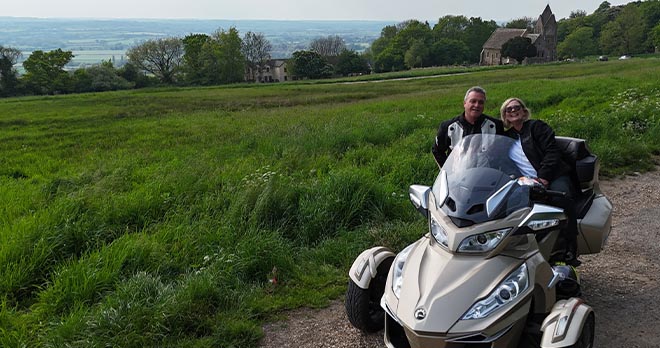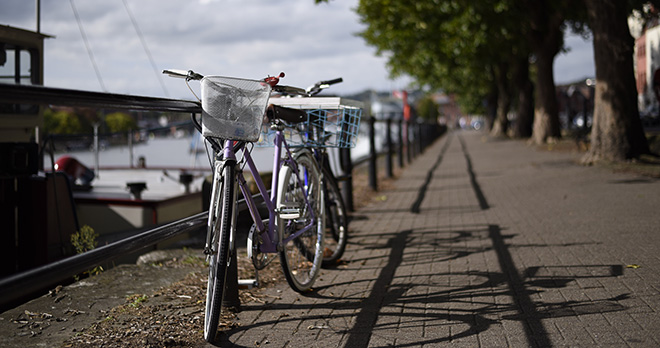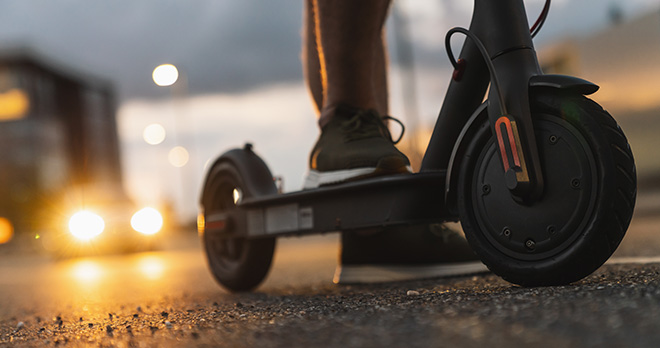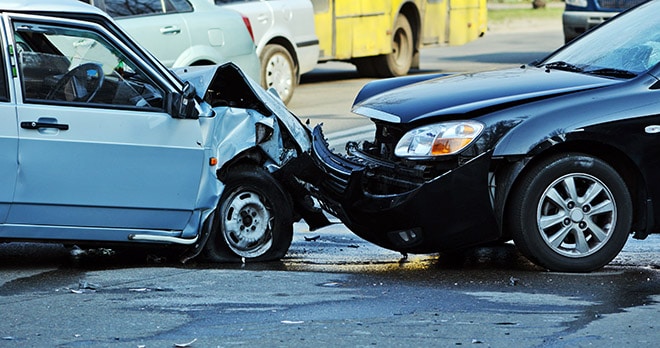Is ‘motonormativity’ the roadblock to active travel?

Driver behaviour towards cyclists can be the difference between life and death. Why is it so ingrained in us to accept risks created by motor vehicles that we would not accept in other aspects of life? Recent research into ‘motonormativity’ may provide the answer.
What is motonormativity?
Motonormativity is the term used to describe the bias towards driving that results in society accepting risk and harm from motor vehicles that they would not accept in other aspects of life.
The research leading to the term ‘motonormativity’, led by Professor Ian Walker, revealed that decisions about transport, by individuals and policy-makers, show unconscious biases towards the car as a result of deep-set cultural assumptions about the role of private cars. It appears from the research that we have a cultural inability to think objectively about motor transport, and it’s damaging our health and environment.
Over 2,000 respondents were asked the same questions framed as driving or non-driving issues. The survey showed that people can go from agreeing with a health or risk-related proposition to disagreeing with it simply based on whether it is presented as a driving or non-driving issue.
It helps to look at a couple of examples:
- 75% of people agreed with the statement ‘people should not smoke in highly populated areas where other people have to breath in cigarette fumes’, but when asked if ‘people should not drive in highly populated areas where other people have to breath in car fumes’ only 17% of people agreed.
- Again, 61% of people agreed that risk was a ‘natural part of driving’ but only 31% of people felt this was true if the word ‘driving’ was changed to ‘working’.
Professor Walker believes that examples such as this demonstrate that people do not use the same standards when they judge the two things i.e. a driving related risk and a risk in another aspect of life.
This emphasises the extent of the challenge created by motonormativity. Without doing so consciously, people slip back into a more accepting view of risk when it comes to motoring.
If we don’t recognise this bias and factor it into our decision making, will we address the issues created by our over-reliance on motor travel?
How can the problem of motonormativity be addressed?
To address the issue of motonormativity, a comprehensive, interconnected approach involving various government departments is needed, which is unfortunately often hindered by a lack of coordination. Crucially, there is often a lack of political will which, were it not for motonormativity as an explanation, would be surprising given that such a high number of the population don’t have access to a car.
Prof Walker expresses concern over technological advancements being the fix for this issue. Developments like electric cars might even exacerbate motonormativity.
Further, electric vehicles do nothing to promote active travel, improve congestion or improve public health. He highlighted the potential for self-driving cars to codify the existing priority in favour of motorists and further prioritise driving over active travel.
How can we get this right?
The Netherlands often demonstrates the gold standard of a cycle-first culture. From the car free Sundays back in the 1970s as a result of the Opec Energy Crisis, through to the pedestrian and bicycle-first towns and cities such as Utrecht and beyond.
Prof Walker cites how the Netherlands has successfully reduced road-related accidents through a goal-focused approach. He emphasised the need to reframe questions about transportation, moving away from “How can we drive like we do today, but safer?” to “How can we accomplish our travel needs efficiently and sustainably?”
Dave Atkinson, the co-founder of road.cc pointed out in an interview with us that in order for active travel to be the best option there is a dire need for a more connected and cohesive cycling network.
A connected cycling network is especially important for short journeys after the Government’s National Travel Survey in 2021 revealed 17% of trips under 1 mile were made by car. Dave highlights examples of successful cycling infrastructure such as the Sustrans Bristol and Bath Railway Path, which has positively affected commuting and leisure cycling in the area. He mentions that the UK could learn from cities like Paris, which achieved a significant reduction in car journeys through a well-planned and interconnected cycling infrastructure.
Dave adds, “Paris has achieved a 60% reduction in car journeys in the last 10 or 12 years. There is very much a culture in the UK of trying to get active travel provision, so cycle lanes, but without removing any traffic”.
The way our towns and cities are built dictates the way we move around them, so what needs to change to make active travel more appealing?
Julian Scriven is the Managing Director of Brompton Bicycle Bike Hire. He told us that a key element for enabling more efficient active travel is by making cycling and other active travel methods more accessible for shorter journeys. He highlights the need for a welcoming environment for cyclists on the road and stresses the significance of proper cycling infrastructure.
Naturally he is passionate about bike share schemes as they provide people with opportunities to experiment with cycling for short journeys. Interestingly, Scriven’s data indicates that around one in five Brompton hire users eventually buy a bike after experiencing cycling through the scheme, revealing the effectiveness of such initiatives in promoting active travel.
It’s also a smart financial decision because cycling can provide an incredibly cheap form of transport.
As with all large-scale infrastructure projects it is not possible to make vast changes overnight. In fact, when it comes to something like transitioning to low car towns and cities it is often best to change gradually and with community support. The benefits to quality of life, the environment and the economy make this extremely worthwhile.
Removing car parking, creating dedicated cycle lanes, broadening pedestrian paths, bike storage, speed limits, public transport: the list of challenges is long and substantial. However, the towns and cities that took a proactive approach to these obstacles decades ago are now reaping the many benefits. And crucially so are their citizens.
Utrecht in the Netherlands took some brave decisions at the time to prioritise the needs of cyclists and pedestrians, and today is considered a global leader in active travel infrastructure.
Saskia Heijltjes was the Bicycle Mayor of Bath for the last two years, representing an international network of individuals who advocate for cycling as an everyday mode of transportation.
The Bicycle Mayor network aims to increase the visibility of cycling, foster collaboration among Bicycle Mayors globally, and encourage the integration of cycling infrastructure into urban planning.
Heijltjes explained to us there is a minimum standard for infrastructure design, covering various aspects such as cycle lanes, crossings, and parking. However, there is a need for continued improvement and expansion of cycling infrastructure to ensure the safety of cyclists and pedestrians and a continued journey towards more active travel options.
We spoke to Julian Scriven MD of Brompton Bicycle Bike Hire to understand what more towns and cities can do to encourage active travel travel.
The ’war on motorists’ risks undermining any progress we have made so far.
In recent years and months the government has been shifting away from policies that encourage active travel and instead doubling down on the rights of motorists to drive unimpeded.
Whether it is the recent cuts in funding for active travel, local MPs positioning against ULEZ in places like Uxbridge, or Westminster’s reference to 20mph zones and low traffic neighbourhoods (LTNs) as “hare-brained”; many would be forgiven in feeling active travel is in a new and hostile place. And in a hostile environment, unfortunately safety can be left at the roadside…
So how does motonormativity impact upon road safety?
It is often seen as the responsibility of the vulnerable road user to protect themselves on the roads – rather than the onus being on a person driving motor vehicle which clearly has the potential to cause more harm to a cyclist than a cyclist could cause to the occupant of the motor vehicle. The introduction of the hierarchy in the Highway Code was a step in the right direction because it’s a concept that places those road users most at risk in the event of a collision at the top of the hierarchy.
Unfortunately motonormative thinking also results in victim blaming by assessing what a vulnerable road user such as a cyclist was wearing than starting with the inherent dangers created by cycling amongst motor traffic. Indeed, Saskia Heijltjes says, there is an issue of victim-blaming, where campaigns sometimes emphasise the responsibility of cyclists and pedestrians to be visible and safe, rather than focusing on creating safer road environments.
Yeah, but were they wearing a helmet?
It is not uncommon for the blame of a cycling related injury to shift onto the cyclist, especially in the instance of helmet wearing and high visibility clothing. As if any cyclist not dressed head to toe in dayglow, reflective material is an irresponsible cyclist.
But the exact science and social impact on helmet wearing is a hotly debated topic. Our own cycling safety advocate and Partner in our Injury team, Mark Hambleton, says:
“Rather than focussing on helmet wearing, which in my view is a red herring when it comes to road safety, I would much prefer a more meaningful approach encouraging cycling, improving the perception held by many, particularly motorists, that cycling is not a safe option, and taking steps to reduce injuries by tackling the dangers posed by motor vehicles. There is a risk the civil courts may in the future begin deducting damages from injured cyclists if their injuries would have been prevented or less severe had they been wearing a helmet but the updated Highway Code does not mandate helmet wearing.”
Regarding cycling-related injuries, Julian Scriven addresses the use of helmets. He notes that while helmets are still recommended in the Highway Code, making them compulsory can have unintended consequences. Scriven cites the Australian example, where mandatory helmet laws led to a significant decline in cycling as a mode of transport, especially in adolescents who in the UK, are in a particularly vulnerable group already. He advocates personal choice given that helmets are not designed and tested to withstand high speed collisions with vehicles, but instead are tested for lower speed falls from a standing position.
road.cc plays a novel part in highlighting both positive and negative aspects of cycling in the UK. Dave Atkinson mentions initiatives like the “close pass of the day” feature on their website which is hugely popular. Riders upload their videos showing dangerous overtakes or close passes which highlights the need for dedicated cycling infrastructure to increase cycling safety. Despite being safe per million miles cycled, the perception that cycling on our roads is dangerous is still the number one barrier to more people taking it up.
What's next for our roads?
Active travel yields many benefits that go-beyond individual well-being to include broader benefits for society, the environment and the economy. One prominent advantage is the potential for day-to-day physical activity to reduce medical issues associated with inactive lifestyles, reduce absence from work, and demand on the NHS.
Personal injury lawyer and partner at RWK Goodman Mark Hambleton says: “sensible action points to protect vulnerable road users include: investment in good quality infrastructure and a political will to improve the culture on our roads, changing the perception that cycling on our roads is dangerous and of course, more publicity around the new hierarchy of roads users in the Highway Code”.”
Mark argues that one of the fundamental challenges lies in bringing about a cultural shift and encouraging more individuals to choose active travel over motorised options necessitates altering deeply ingrained travel behaviours. A shift towards active travel contributes to a decrease in pollution, benefiting both the environment and public health. However, realising this shift requires improved infrastructure and cityscapes that prioritise cyclists and pedestrians. The economic benefits of active travel cannot be ignored either, as it not only reduces healthcare costs but also contributes to a more vibrant economy.
The insights gleaned from Mark Hambleton, Julian Scriven, Dave Atkinson, Saskia Heijltjes, and Ian Walker form a comprehensive understanding of current active travel provisions in the UK and where we must go next. The cultural shift towards cycling-friendly environments, the imperative of political will in infrastructure development, and the intricacies of injury prevention create a nuanced tapestry of challenges and opportunities. As we’ve shown, the UK’s journey towards becoming a safer place for vulnerable road users necessitates holistic approaches, societal shifts, and a concerted effort to reshape the transportation landscape.

Mark Hambleton, RWK Goodman cycling injury expert
"However you travel around your local area, I think this it fair to assume we all want to live in safer, cleaner, and more considerately designed communities."
Mark is an experienced Partner in our personal injury team. He has a broad practice dealing with complex injuries and fatalities.
Mark’s particular interests include representing cyclists and vulnerable road users, injuries caused by animals, fatal accident claims, acting for clients that don’t have capacity to conduct litigation themselves and professional negligence claims.
